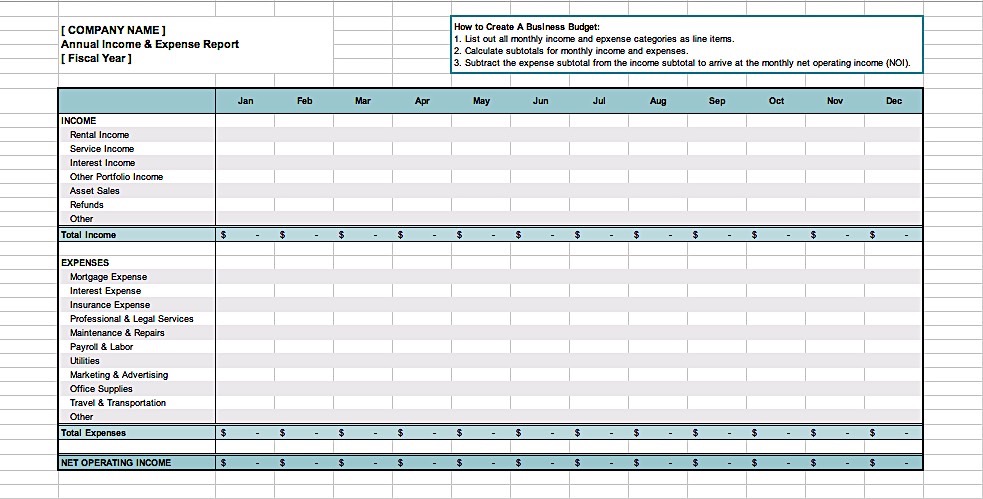

Think of some worst-case scenarios: Your car gets totaled. You don’t know when they hit or what they’ll cost you, but you will most definitely feel it when they do. These are for the most part unpredictable. Whammies are the most frustrating kind of expenses. Or for our clients in warmer climates, budgeting for semi-annual pool maintenance might be a non-recurring expense. If you live in a state where seasons change (hi, Michigan friends!), chances are you’re making at least a few strategic wardrobe updates a year. They’re annual or semi-annual purchases you make and need to make, like for example, clothes, shoes, and other apparel.
#Personal budget line items registration
Common examples of non-recurring expenses include a water bill, car registration fees, or your Amazon Prime membership.īut non-recurring expenses aren’t just bills. But when they hit, they might hit big, so forgetting to account for them can be a costly mistake. These expenses may only happen once or a couple of times a year. Non-recurring expenses are the ones that trip people up all the time when they decide to get on a budget. Some recurring expenses you probably have are groceries, gasoline, eating out, and Target runs (who can resist a Target run?). They are not as predictable as fixed expenses in terms of their dates or amounts, but they reliably happen. They are the types of expenses or purchases that happen throughout the month. We sometimes refer to recurring expenses as day-to-day expenses. They occur on a regular date and for a standard amount, even if that withdrawal happens multiple times during a month. Weekly expenses like a daycare payment, dog walking services, or house cleaners, while not a monthly bill, are fixed expenses too. Your mortgage, cell phone bill, car payment, gym membership, utilities, and Netflix are all fixed expenses. They are standard expenses that happen every month, on a certain day, and for a certain amount. What are these different types of expenses and why do they matter? We’re glad you asked.įixed expenses are the kind of expenses most people think of when they’re drafting a budget. But here at Fiscal Fitness, we like to think of your expenses in four distinct ways: fixed, recurring, non-recurring, and whammies (the worst kind of expense, by far). If the money’s going out, it’s an expense. A big step towards getting a handle on your budget is knowing your expenses.


 0 kommentar(er)
0 kommentar(er)
